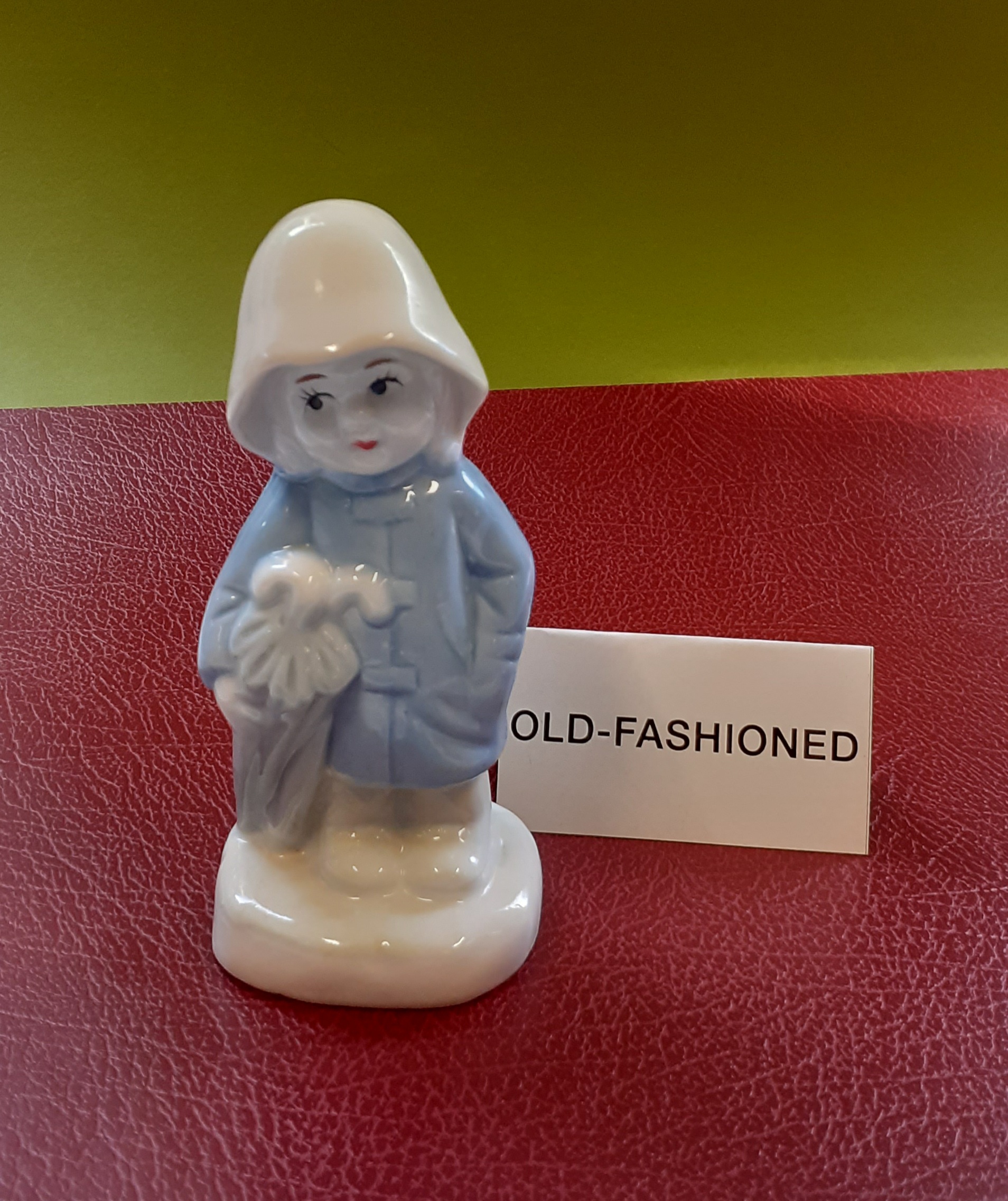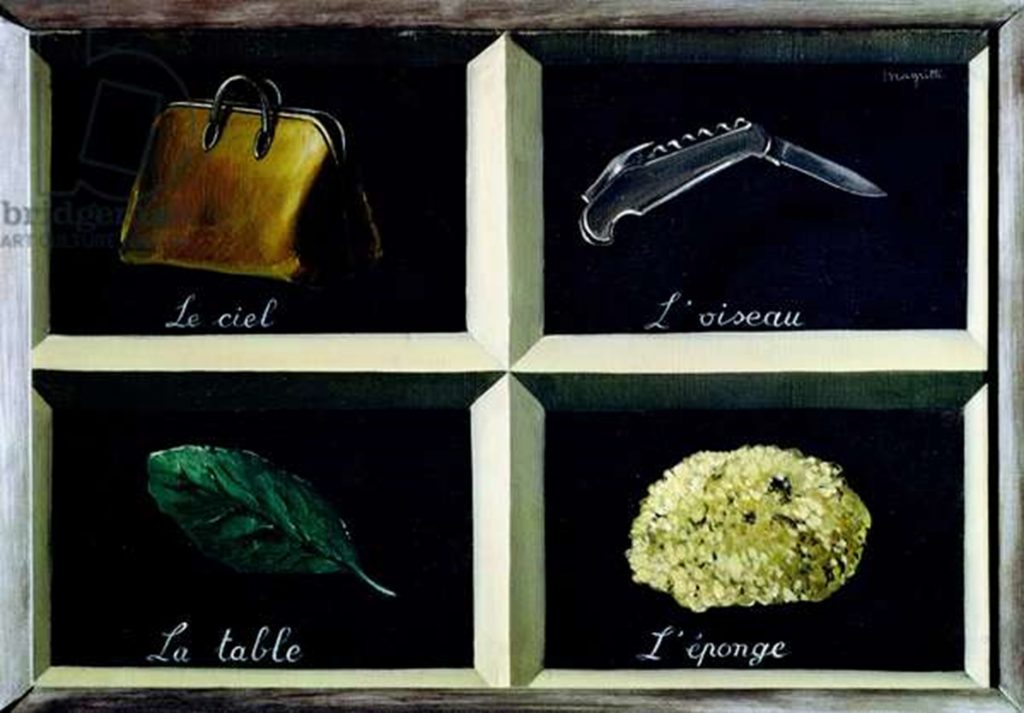I was interested in looking at how words can affect the meaning of an image or sign. Words are signs in themselves. To combine them with images can change the meaning completely, emphasise the meaning, or create a sense of irony and humour.
First, I looked at They Key of Dreams by Rene Magritte:
First, I looked at They Key of Dreams by Rene Magritte. In this painting he presents the viewer with a selection of different objects, divided by frames. The division gives us a sense that the artist doesn’t want us to connect the meanings between objects. The painted representations are detailed and realistic. Because of this, they could be considered icons.
A bag, a penknife, a leaf and a sponge are all common items. A sponge and leaf are natural, and the bag and knife are man-made. He then gives them inaccurate labels: Le ciel is the sky. L’oiseau is a bird. La table is a table. However, L’eponge is the sponge, which he labels correctly. In giving these objects different names, the viewer is led to question the use of the object and whether there may be some resemblance between the object being named and the object pictured.
Is a bag open like the open sky? Is a bird’s beak sharp like a knife? Could a leaf possibly be used as a table? Or are tables made from the same tree as a leaf comes from? The contradictions make for an interesting piece. They make the viewer think, and I really like that.
Brian Rea
Brian Rea is an illustrator based in Los Angeles. His drawings and animations are playful and easy to understand. His style can be decorative but not overworked or garish. I like his restricted colour palette and hand-drawn lines. Several of his illustrations incorporate words. With few words he is able to say a lot. And this is because of how he has used the words.
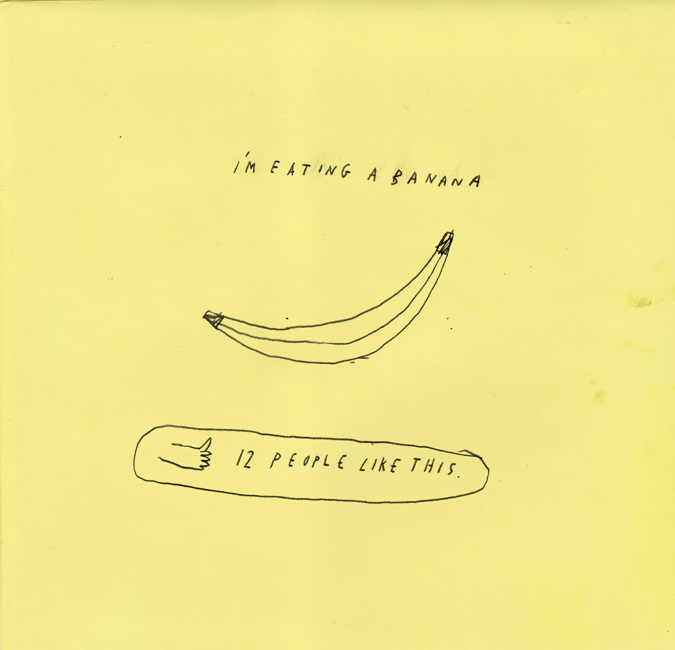
In this first example, there is the element of needing to know some background knowledge. A symbol is a sign that communicates a concept. In this instance, Rea is referring to social media likes. He signifies this without needing to draw a phone or computer screen. The words and the thumbs up icon are enough to reference the social media structure to an audience who has knowledge of social media programmes.
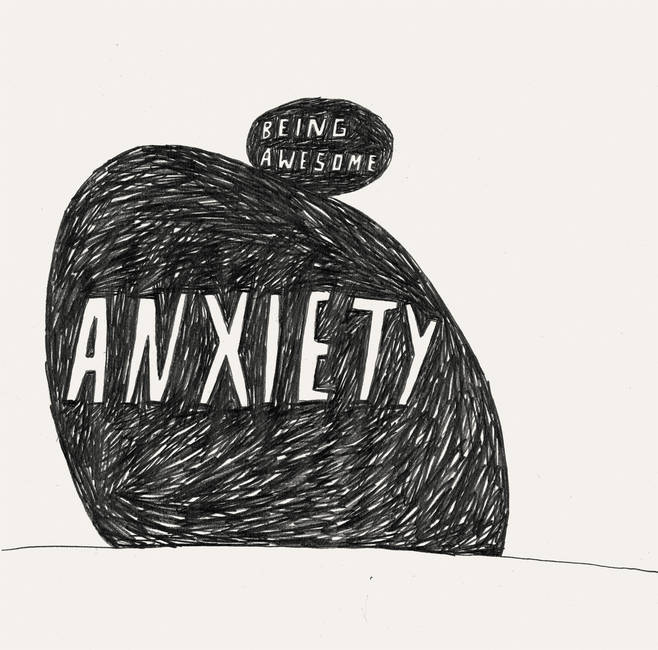
With this image, you would need to understand written English to be able to understand the message.
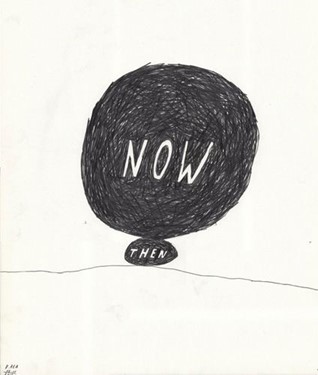
When viewing this piece, the viewer is putting together the meaning in their mind. The words and images here are of equal importance to communicate the meaning.
I then thought of words I could associate with my chosen object, The Raincoat Girl:
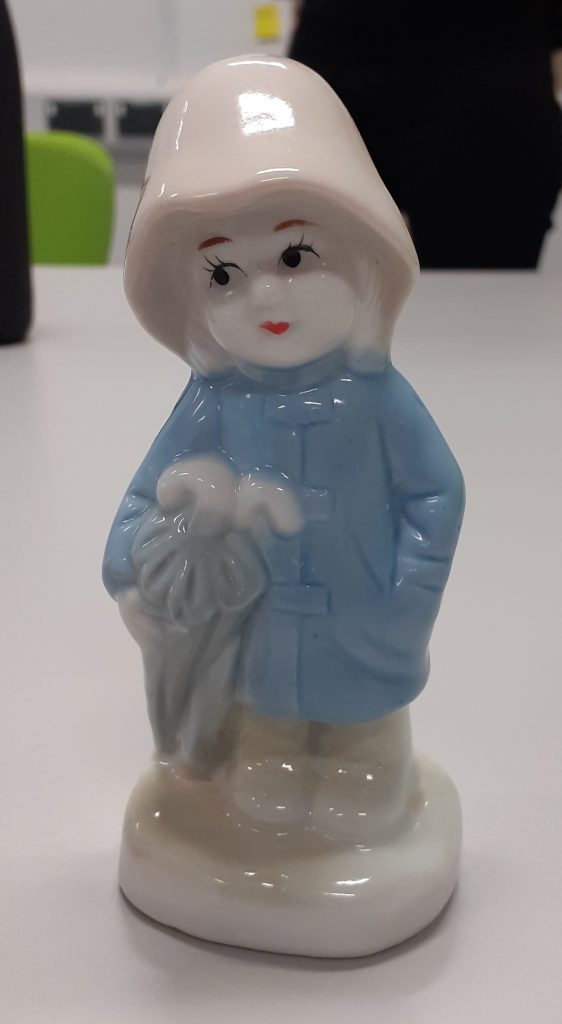
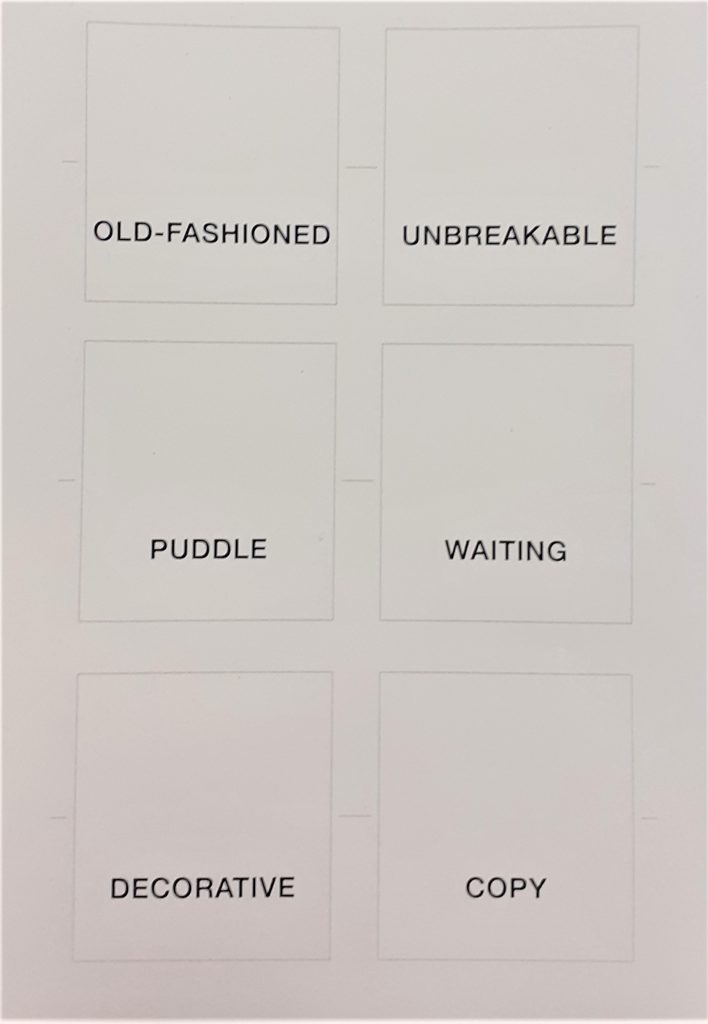
I cut out the labels and placed them next to the figurine. I wanted to see the effect of adding words and what I could be signifying, with the addition of these words.
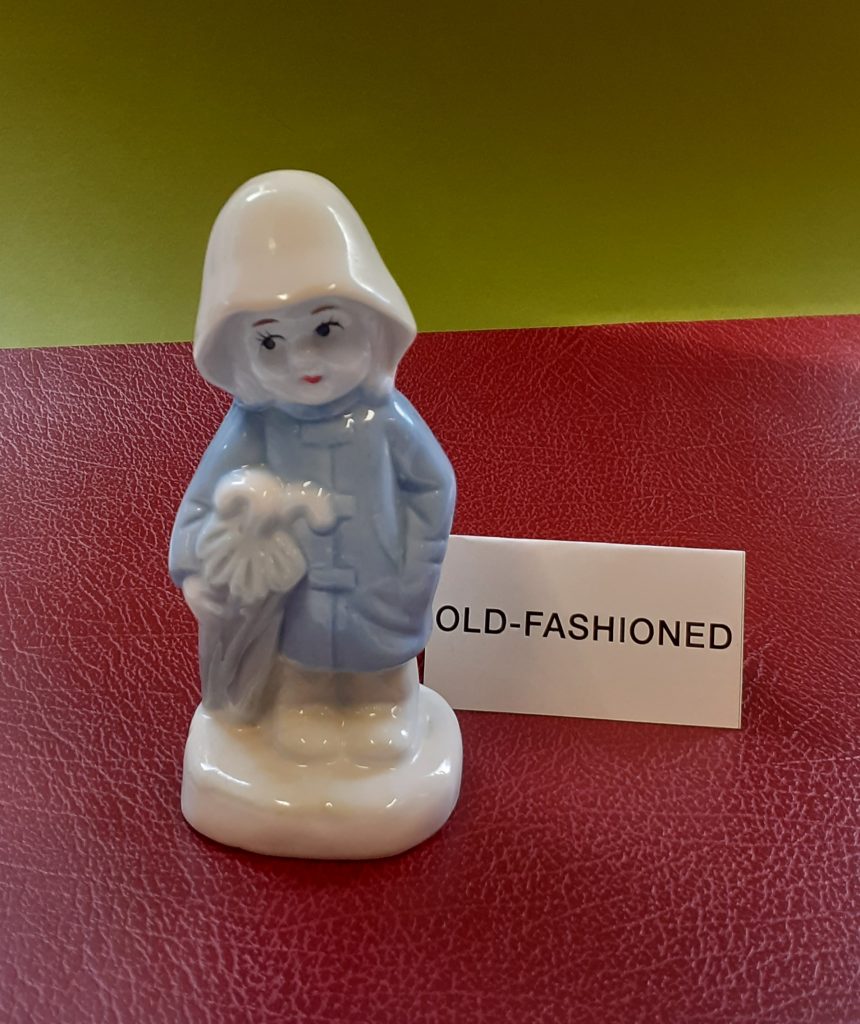
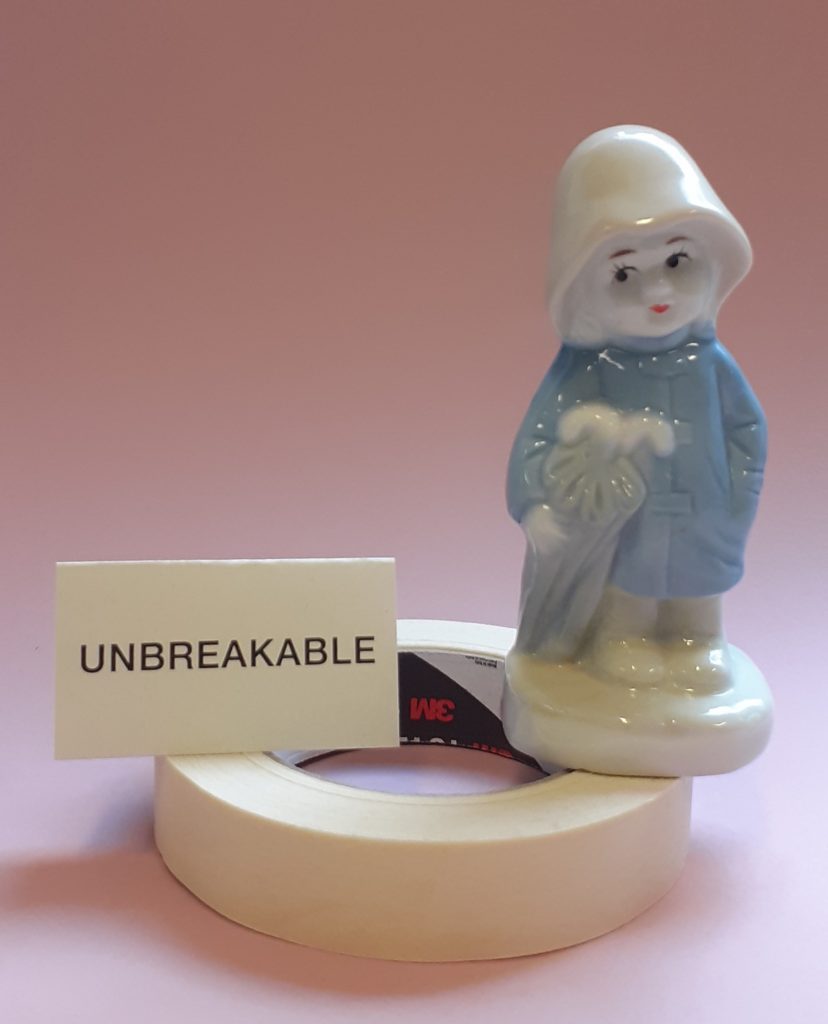
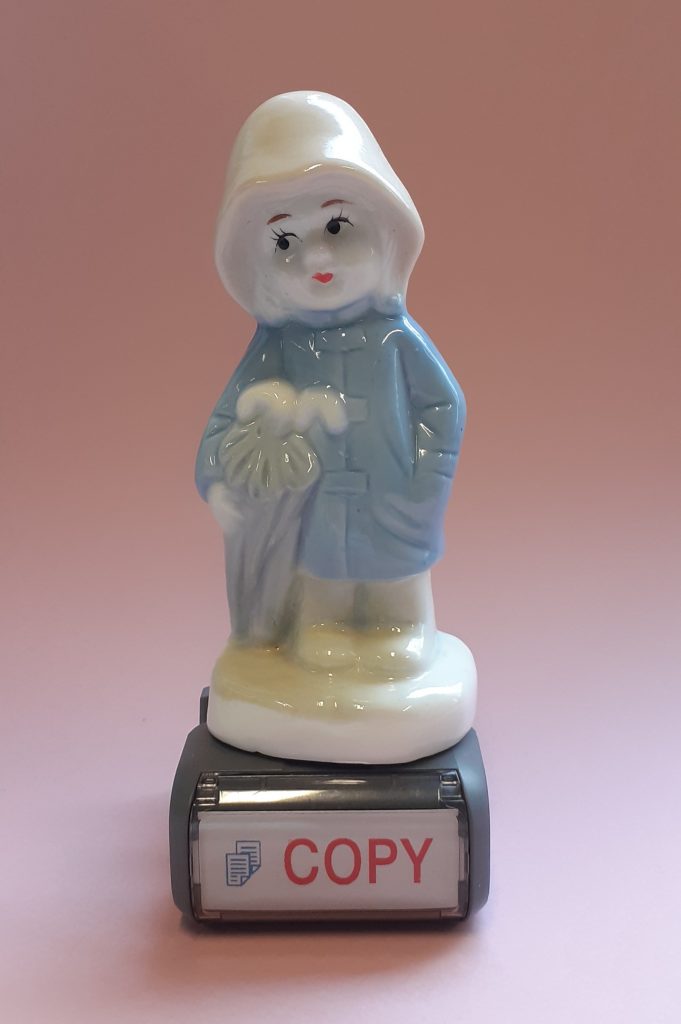
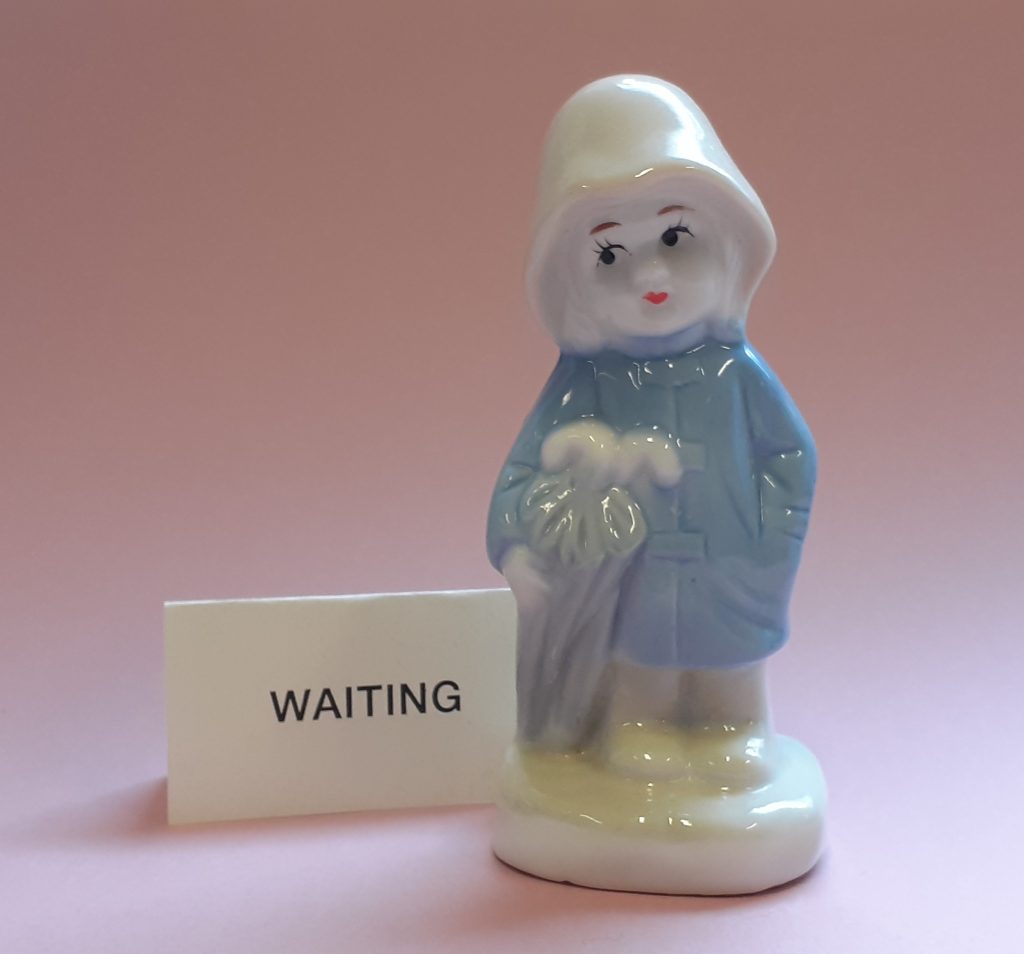
I noticed that I saw the figurine in a different light depending on these captions. For instance, her expression looked more bored when she was placed next to the ‘Waiting’ sign and looked defiant when placed next to the sign that says ‘Unbreakable’. Am I imagining this? What do you think?
